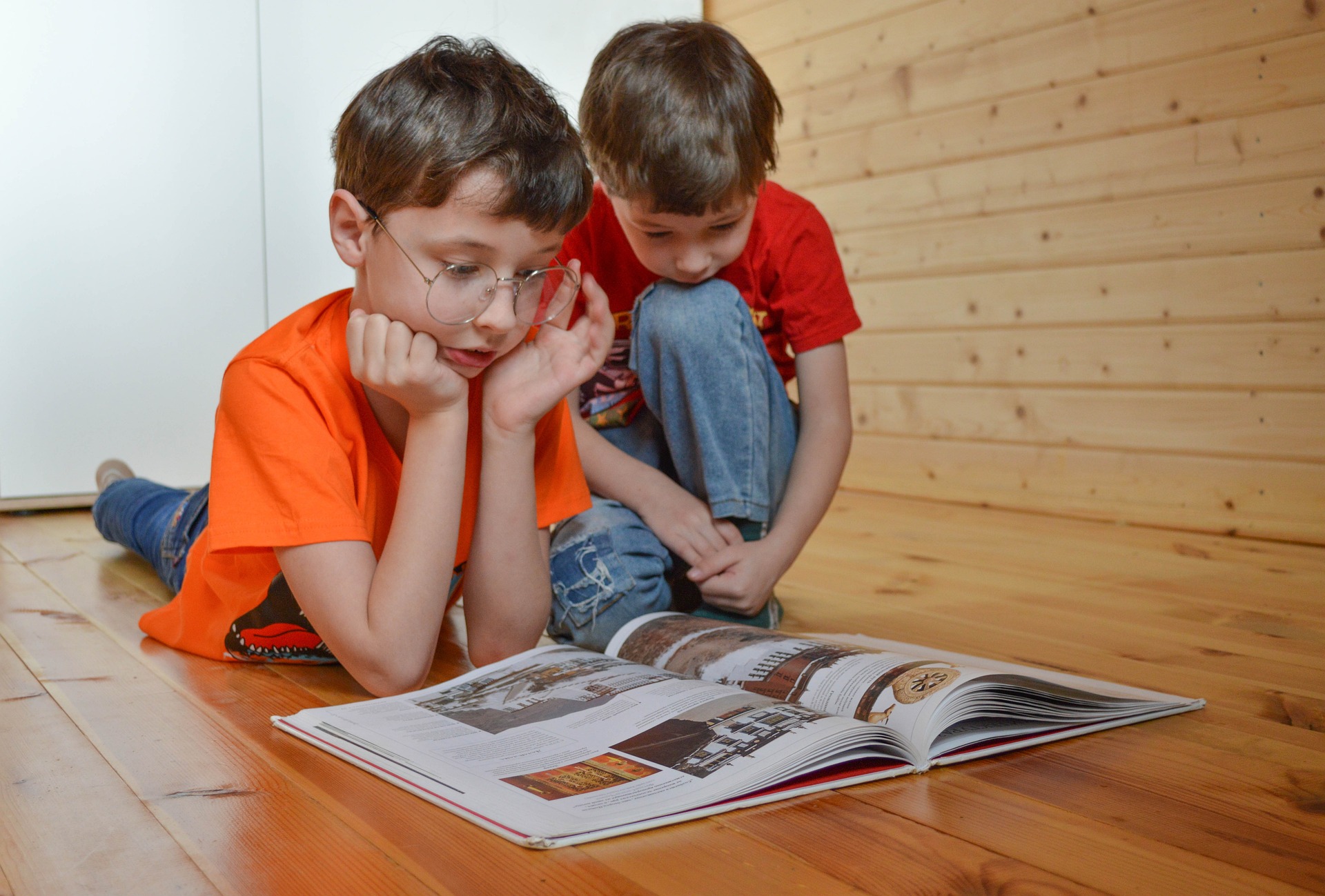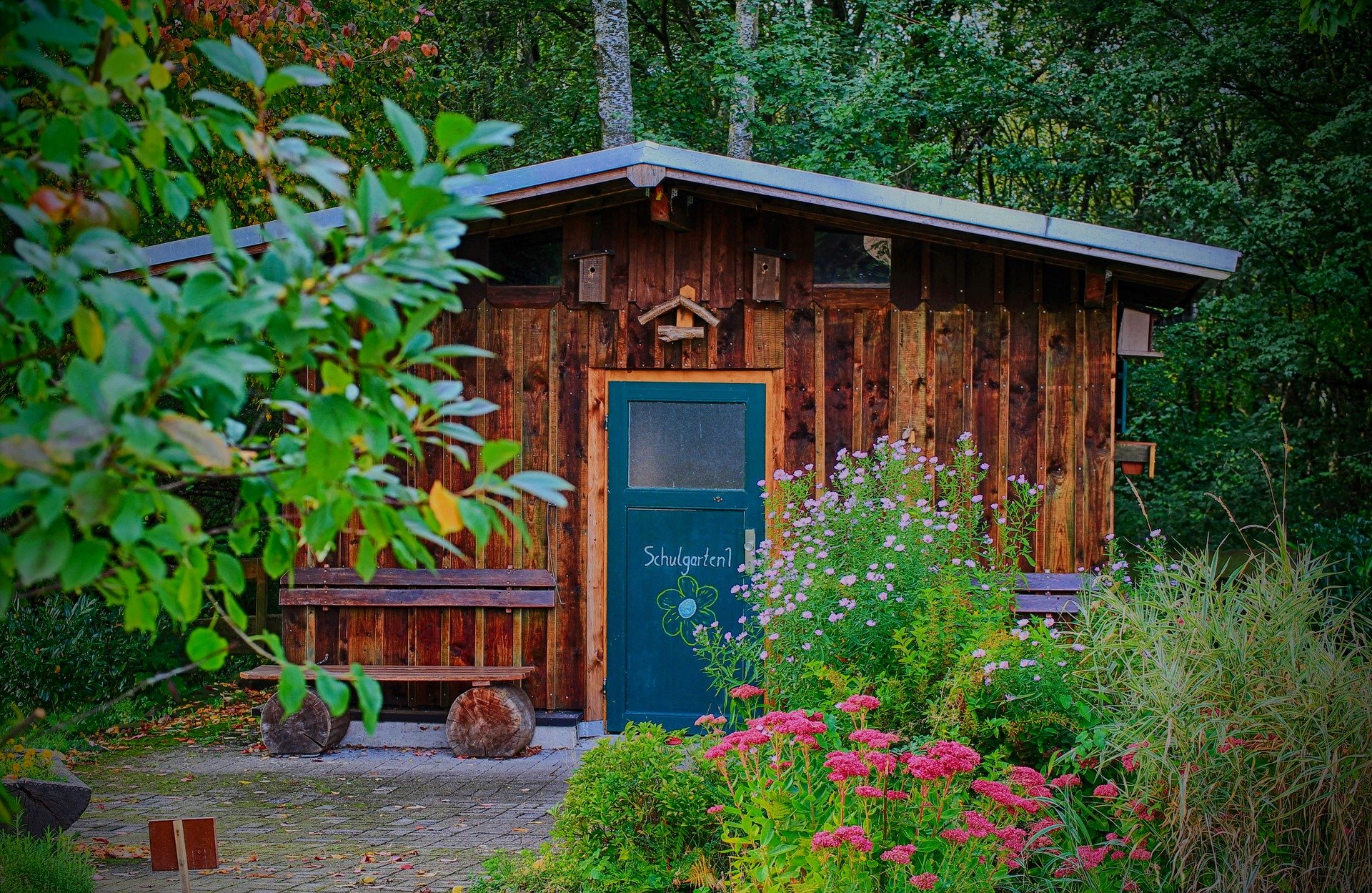It was a huge ask of parents to home-school their own children during the lockdown period.
But lots of families caught the ‘home learning bug’, and now more parents are actively choosing to home school their kids, because they’ve seen their children thrive.
For parents, this always involves a steep learning curve on what, how, when and why your children should learn. Even if parents are trained teachers, home education is a very different process to what kids receive via formal educational institutions (and should be!).
Unfortunately there’s no magic formula to make home schooling flawless all the time. However there are some things you can do to ensure it goes more smoothly, and, more importantly, the kids enjoy their home education activities and want to partake in the process again and again!
As an educator who part home-schooled my child, here are some simple but effective, tried-and-tested suggestions that worked for us.
1: Relax.
It’s not school. And trying to keep to a timetable even vaguely similar in content and timescale to a typical school day will probably fail. Miserably.
But if you’re relaxed, the kids will pick up positive signals from you. Be part of their education – why not also get involved in doing the activities alongside them? You might just rediscover your inner child!
2: Let the kids direct it.
There are no rules. If the kids want to do a project about unicorns or space troopers today, let them. Most likely, they’re writing, reading, researching, discussing and being creative while they’re doing it, right? So it’s all good.
If they have some say in what they’re learning and doing, especially if they’re passionate about something, they’re going to be much more motivated, and learn a whole lot more, too.
3: Build on what they do.
There must be some ways to work maths into rockets, or poems into ballet. Maybe, maybe not. Try to tie it all together, so that you’re extending their own work and projects, if you can. And even if you can’t (it won’t be possible everytime), simply introduce short bursts of school-sourced worksheets between the kids’ own work, so they have not only a mix of activities but are also keeping up with essential skills.
If you have kids of different ages, let the older and younger ones help each other. You might be surprised at how well your younger child can teach you and her older siblings about something she’s interested in!
4: Have a routine.
Kids like boundaries. So set some. Perhaps do slightly more formal home schooling on weekdays for just two hours or so. Mornings are most likely better for these activities, so perhaps 10am to 12 noon could work. Afternoons are better for less formal, more creative or active activities like exercise, walking, art or playing.
As long as you stick to it, the kids will stick to it too, and they may be so engrossed in an activity that they spend more than two hours, which is okay too.
5: Mix it up.
At school, kids are used to having subjects separated out into clearly demarcated times during the day. But while this may be practical at school, it’s not always how the human brain likes to learn, because the brain develops best when it can make connections.
So home schooling which combines curriculum areas is likely to be much more engaging, fun, thought-provoking and educational (without them even knowing it).
An example: While you’re baking, you’re doing maths (recipe measures), English (terminology), geography and science (where does flour come from?), and so on. Kids will embrace this more than sitting down to fill out lots of single-subject worksheets.

Don’t get me wrong. Worksheets can be a great help for quick skills practice sessions. But the vast majority of those you can download from educational websites tend to be focused on just one topic or skill (say, adding two digit numbers) and don’t cover a mix of subjects and activities in a multi-faceted, more interesting way.
That’s why I’ve created lots of free worksheets which do precisely that. They aren’t traditional – instead, they’re based around environmental themes (such as elephants, hedgehogs or trees) and have lots of different activities included in each one, across a mix of subjects like literacy, maths and science.

The worksheets are designed to elicit thinking, discussion and exploration, rather than repetition or rote learning, so are perfect for family or sibling groups, or in online home-ed groups. Find out more about the worksheets here.
Remember that almost anything can involve learning. Don’t forget to also use this time at home with your kids to do things you don’t normally have time for. Plant some flowers, cook dinner together, go for walks, have fun. When all this is over, that’s what the kids are going to remember more than doing their sums.
Sources and Further Reading:
https://www.researchgate.net/publication/274313611_An_Introduction_to_Cross-Curricular_Learning
Image Acknowledgements:
Girl with books image by: Anastasia Gepp from Pixabay.com
Boy with camera image by: Pexels from Pixabay.com
Wooden school hut image by: Carola68 ***Die Welt ist bunt…*** from Pixabay.com
Choc chip muffins image by: Pexels from Pixabay.com







